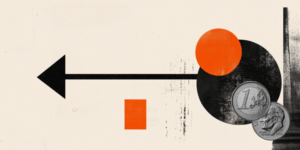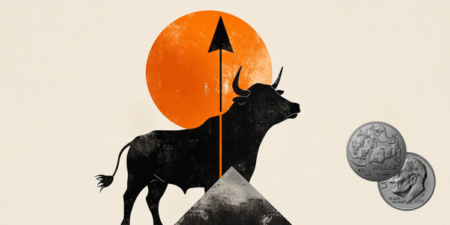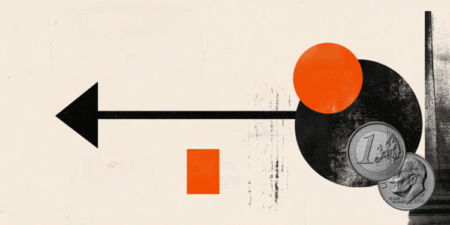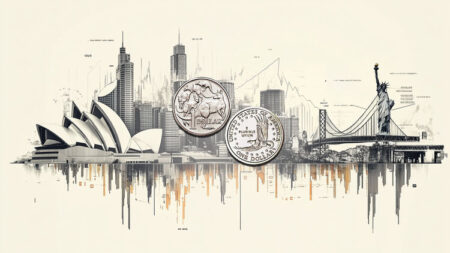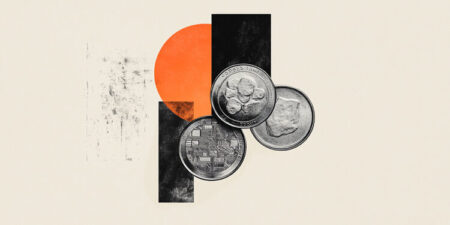Gold price (XAU/USD) extends the rally to around $4,040 during the early Asian session on Monday. The escalating trade tensions between the United States (US) and China provide some support to the precious metal. Traders await signs on when the US government will reopen and release data that will shape Federal Reserve (Fed) policy.
The rally in the yellow metal is bolstered by US President Donald Trump’s decision to impose fresh 100% tariffs on Chinese imports starting November 1. China warned the US that it would retaliate if Trump fails to back down on his threat to impose levies on Chinese imports. ”Heating up the trade war again will tank the dollar and be good for safe-havens,” said Tai Wong, an independent metals trader.
Furthermore, traders expect the Fed to cut interest rates by 25 basis points (bps) each in October and December. According to the CME FedWatch tool, markets are pricing in nearly a 97% possibility that the US central bank cuts rates by 25 bps at its October meeting, while the odds of an additional reduction in December are at 92%. Lower interest rates could reduce the opportunity cost of holding Gold, supporting the non-yielding precious metal.
Traders will take more cues from the US Retail Sales and Producer Price Index (PPI) reports, which will be released later on Thursday. Any signs of hotter inflation in the US could lift the US Dollar (USD) and weigh on the USD-denominated commodity price in the near term.
Gold FAQs
Gold has played a key role in human’s history as it has been widely used as a store of value and medium of exchange. Currently, apart from its shine and usage for jewelry, the precious metal is widely seen as a safe-haven asset, meaning that it is considered a good investment during turbulent times. Gold is also widely seen as a hedge against inflation and against depreciating currencies as it doesn’t rely on any specific issuer or government.
Central banks are the biggest Gold holders. In their aim to support their currencies in turbulent times, central banks tend to diversify their reserves and buy Gold to improve the perceived strength of the economy and the currency. High Gold reserves can be a source of trust for a country’s solvency. Central banks added 1,136 tonnes of Gold worth around $70 billion to their reserves in 2022, according to data from the World Gold Council. This is the highest yearly purchase since records began. Central banks from emerging economies such as China, India and Turkey are quickly increasing their Gold reserves.
Gold has an inverse correlation with the US Dollar and US Treasuries, which are both major reserve and safe-haven assets. When the Dollar depreciates, Gold tends to rise, enabling investors and central banks to diversify their assets in turbulent times. Gold is also inversely correlated with risk assets. A rally in the stock market tends to weaken Gold price, while sell-offs in riskier markets tend to favor the precious metal.
The price can move due to a wide range of factors. Geopolitical instability or fears of a deep recession can quickly make Gold price escalate due to its safe-haven status. As a yield-less asset, Gold tends to rise with lower interest rates, while higher cost of money usually weighs down on the yellow metal. Still, most moves depend on how the US Dollar (USD) behaves as the asset is priced in dollars (XAU/USD). A strong Dollar tends to keep the price of Gold controlled, whereas a weaker Dollar is likely to push Gold prices up.
Read the full article here




